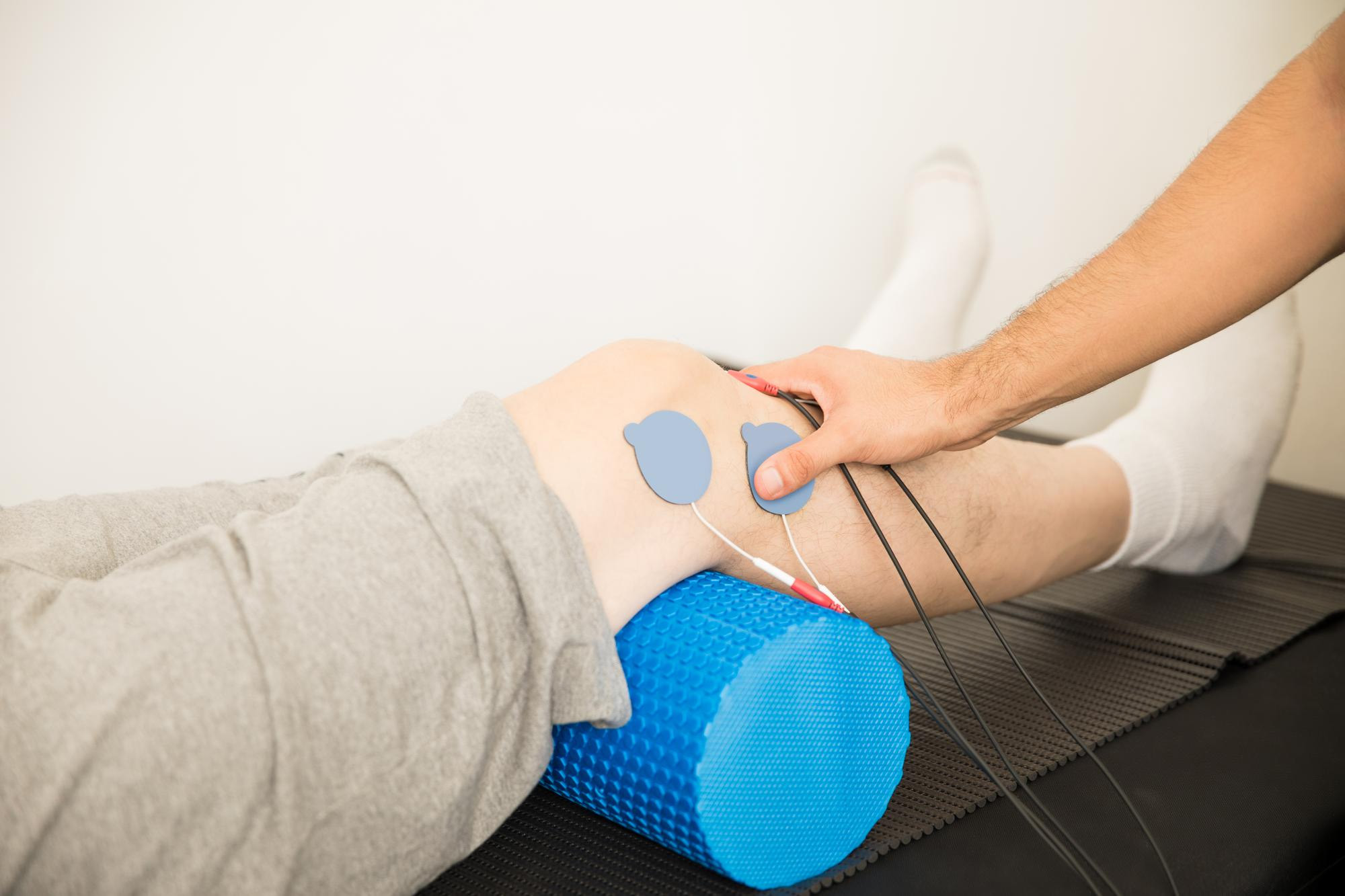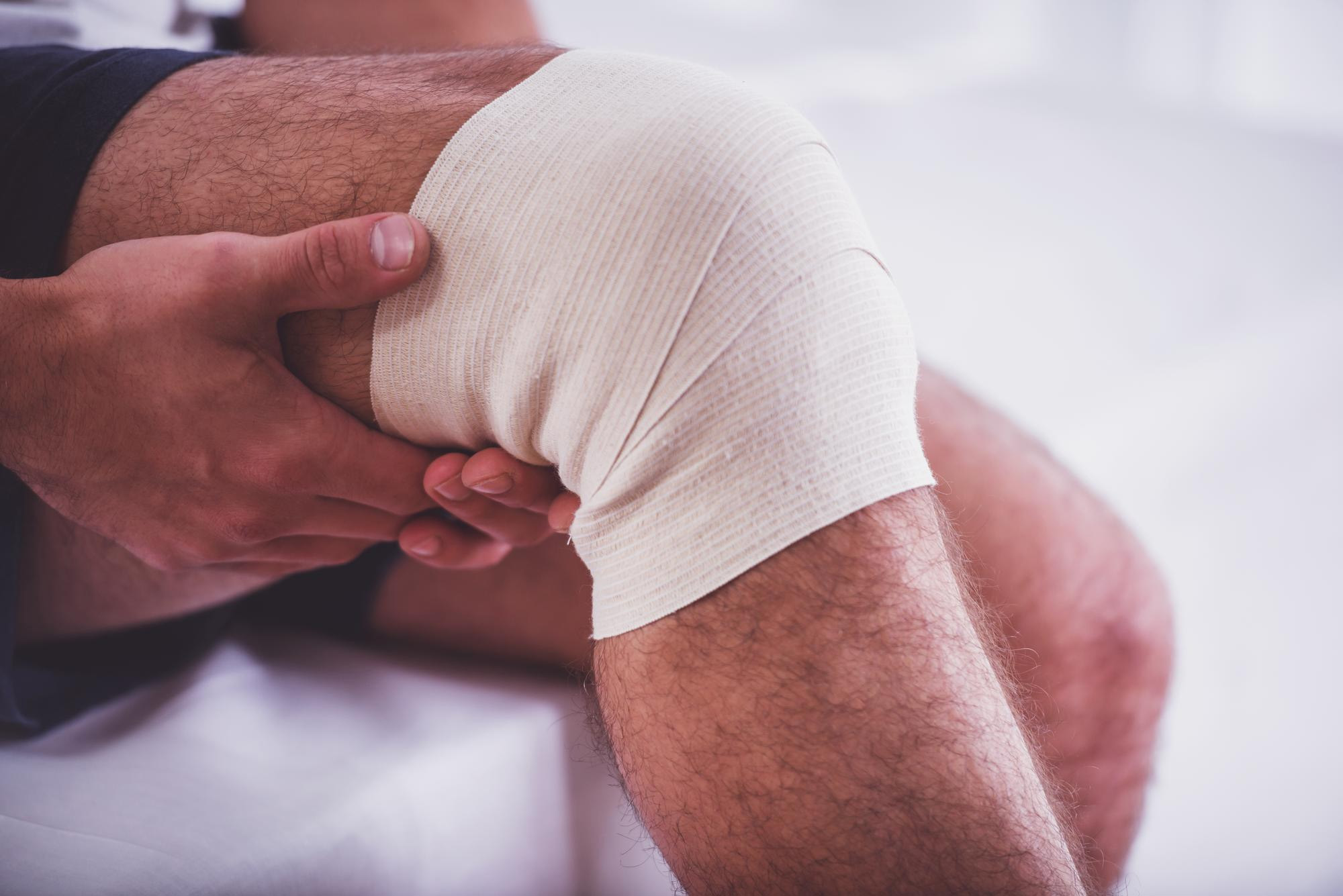Book Now
Services

Acl Tear Surgery & Reconstruction
Anterior Cruciate Ligament (ACL) Strain/Rupture is one of the most common knee injuries involving the knee. You may have heard of professional athletes suffering from this injury/condition.The anterior cruciate ligament is the ligament in the knee joint that is attached diagonally forming an “X” figure with the posterior cruciate ligament. These ligaments are responsible for controlling the knee’s back and forth motion. These also provide rotational stability of the knee. These also prevent sliding of tibia anteriorly in front of the femur.
Symptoms
The instability caused by the torn ligament leads to a feeling of insecurity and giving way of the knee, especially when trying to change direction on the knee. The knee may feel like it wants to slip backwards. There may be activity-related pain and/or swelling. The knee may have limited range of motion.

Causes
An ACL tear or injury can occur if you: Get hit very hard on the side of your knee, such as during a football tackle. Overextend your knee joint. Quickly stop moving and change direction while running, landing from a jump, or turning.

Treatment
Treatment may vary depending on the extent of the injury, and the patient’s need for invasive treatment. There may be 2 types of approaches, which are:
- Non-Surgical - Although the only treatment for this kind of injury is done surgically, some patients may opt not to do it invasively, depending on their needs. Age relatedness and activities in which they need to be able to participate are a big part in the decision making.Athletes, for example, needs to have the surgery done because they need to get back to their sports activities. On the other hand, older people or not so active people may prefer not to have it corrected as they are not demanding their knees too much. If they opt not to have it corrected, they may use conservative treatments which may include the following:
- Bracing with hinges maintain the alignment of the knee. With this, patient will feel confident with their knee “not giving way.”
- Doing physiotherapy to strengthen the muscles that are supporting the knee.
- Surgical - As most ACL tears cannot be stitched back together, it oftentimes is reconstructed. That is, taking grafts from other tendons and attaching it as to where the ligament is supposed to be. There are many options as to which tendon may be used.
- Hamstring tendon– located at the back of the thigh.
- Quadriceps tendon– located in the front, kneecap to the thigh.
- Patellar tendon– located in the front, kneecap to the leg
- Allograft– cadaveric graft may be used as well
You may discuss with our orthopedic specialists as to which tendon is most likely a good donor for the graft.

Prevention
The best way to prevent anterior cruciate ligament (ACL) tear or injuries is to stretch and strengthen the leg muscles, especially the front and back muscles of the thigh (quadriceps and hamstrings). You may help prevent ACL tear if you: Avoid wearing shoes with cleats in contact sports. Avoid wearing high-heeled shoes.

